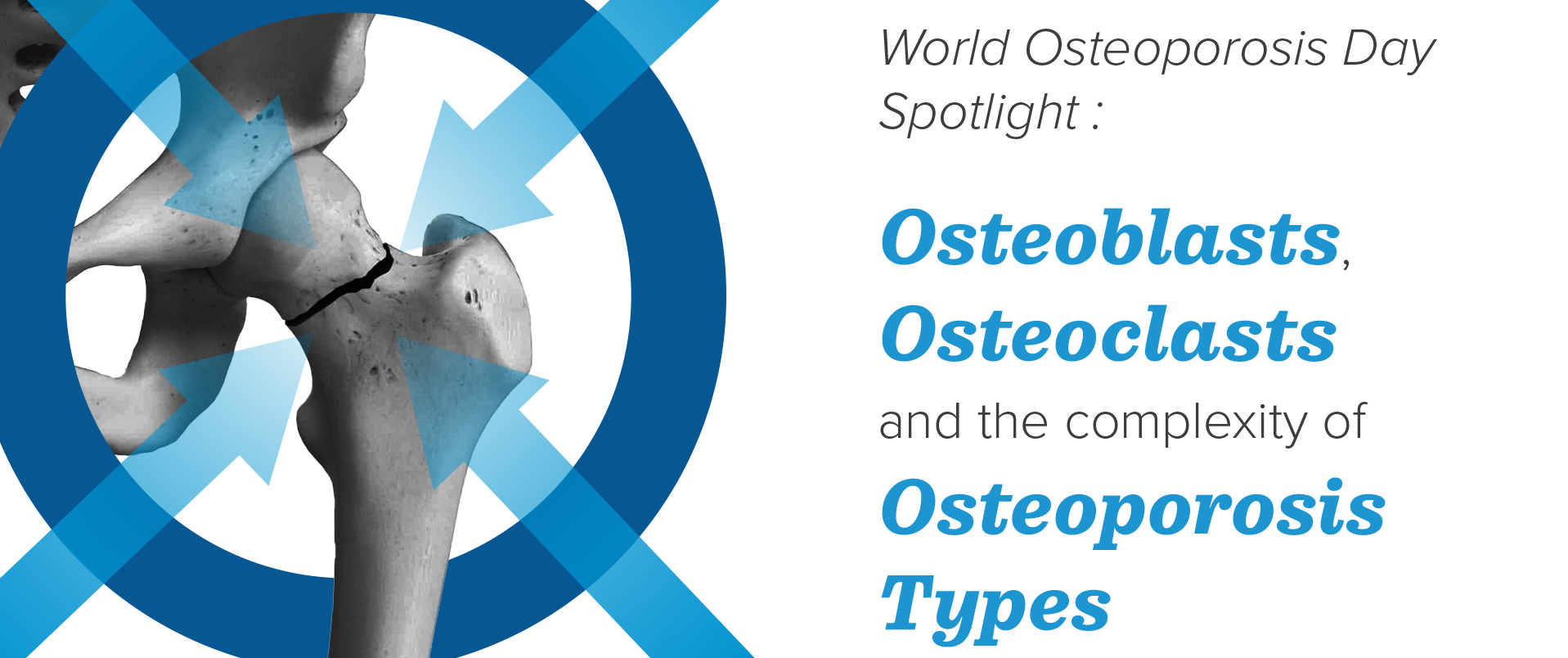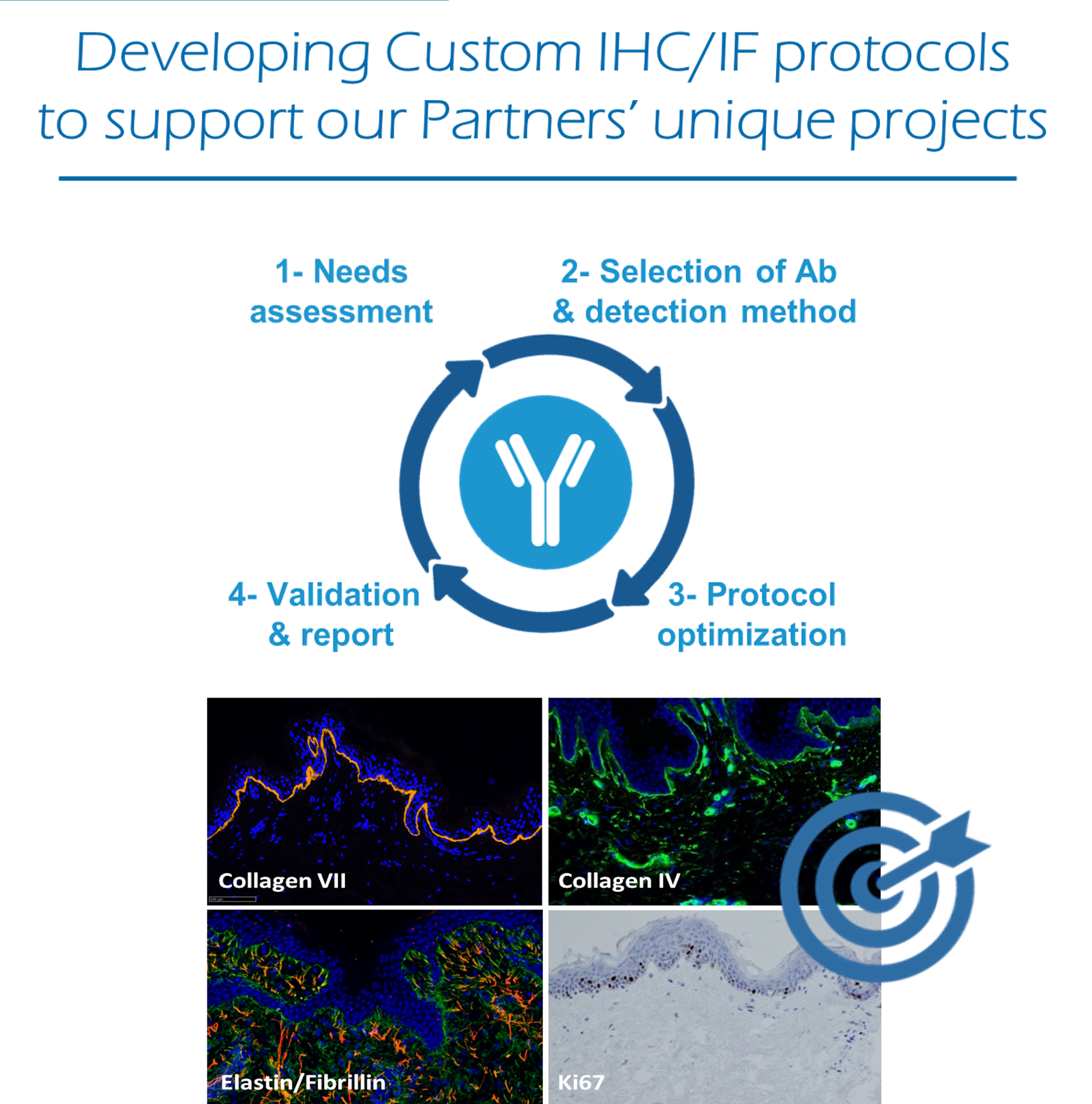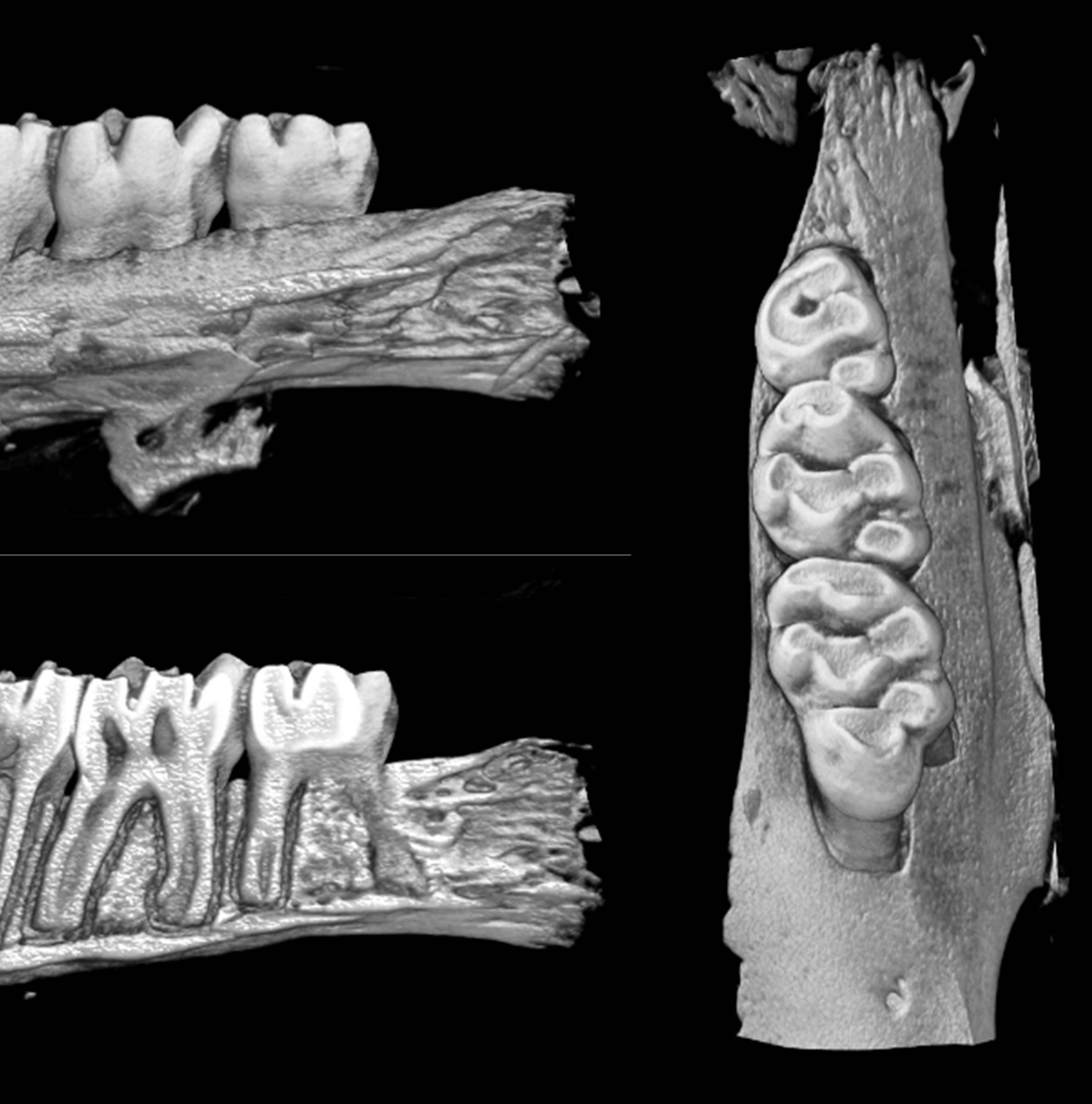New chondrosarcoma cell lines and mouse models to study the link between chondrogenesis and chemoresistance
Chondrosarcomas are cartilage-forming, poorly vascularized tumors. They represent the second malignant primary bone tumor of adults after osteosarcoma, but in contrast to osteosarcoma they are resistant to chemotherapy and radiotherapy, surgical excision remaining the only therapeutic option. Few cell lines and animal models are available, and the mechanisms behind their chemoresistance remain largely unknown. Our goal was to establish new cell lines and animal cancer models from human chondrosarcoma biopsies to study their chemoresistance. Between 2007 and 2012, 10 chondrosarcoma biopsies were collected and used for cell culture and transplantation into nude mice. Only one transplanted biopsy and one injected cell line has engrafted successfully leading to conventional central high-grade chondrosarcoma similar to the original biopsies. In culture, two new stable cell lines were obtained, one from a dedifferentiated and one from a grade III conventional central chondrosarcoma biopsy. Their genetic characterization revealed triploid karyotypes, mutations in IDH1, IDH2, and TP53, deletion in CDKN2A and/or MDM2 amplification. These cell lines expressed mesenchymal membrane markers (CD44, 73, 90, 105) and were able to produce a hyaline cartilaginous matrix when cultured in chondrogenic three-dimensional (3D) pellets. Using a high-throughput quantitative RT-PCR approach, we observed that cell lines cultured in monolayer had lost expression of several genes implicated in cartilage development (COL2A1, COMP, ACAN) but restored their expression in 3D cultures. Chondrosarcoma cells in monolayer were sensitive to several conventional chemotherapeutic agents but became resistant to low doses of mafosfamide or doxorubicin when cultured in 3D pellets, in parallel with an altered nucleic accumulation of the drug. Our results indicate that the cartilaginous matrix produced by chondrosarcoma cells may impair diffusion of several drugs and thus contribute to chemoresistance. Therefore, 3D chondrogenic cell pellets constitute a more relevant model to study chondrosarcoma chemoresistance and may be a valuable alternative to animal experimentations.



